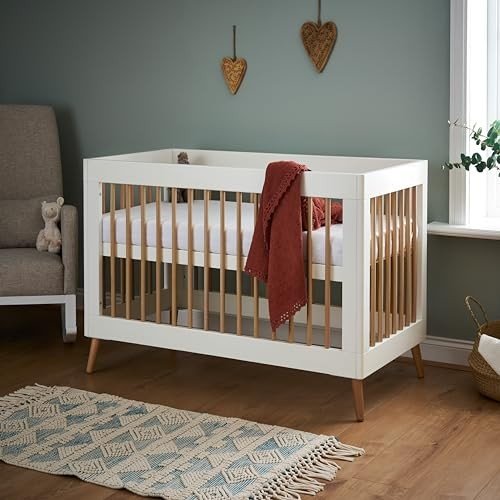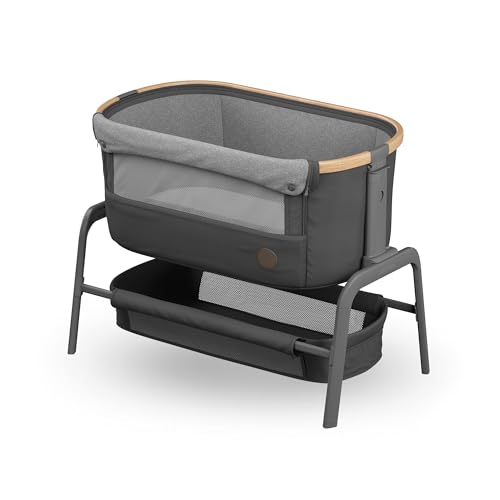
Tots and Cots: A Comprehensive Guide for Parents
When it comes to ensuring a safe and comfortable sleeping environment for babies and young children, the choices moms and dads make-- ranging from cribs to cots-- can considerably affect their well-being. Today's post dives deep into the complexities of selecting the best sleeping arrangements for tots, emphasizing safety, style, functionality, and how these choices progress as a kid grows.

Comprehending Tots and Cots
tots and cots - Www.Webwiki.it, normally refer to young children, especially young children aged between 1 to 3 years, while cots are the sleeping arrangements specifically developed for infants and toddlers. The suitable sleeping equipment for this age includes various kinds of cots, cribs, and toddler beds.
Types of Cots
Different styles exist to satisfy the diverse needs of both parents and children. Below is a list laying out the most typical types of cots available:
Standard Crib
- A standard crib is developed for babies and generally includes sides that can be gotten used to different heights.
Convertible Crib
- This kind of crib can transform into a toddler bed, daybed, or full-sized bed as the child grows, making it a long-lasting investment.
Portable Crib
- Also known as travel cots, these are lightweight and easily collapsible, perfect for taking a trip or smaller living spaces.
Co-Sleeper
- A co-sleeper crib attaches to the side of the moms and dads' bed, enabling simple access while ensuring the baby has a separate and safe sleeping space.
Toddler Bed
- A young child bed is a small bed that resembles a basic bed however is created specifically for young children, usually featuring safety rails.
Mini Crib
- Mini cribs are smaller than standard cribs, making them a great alternative for tight areas, but they appropriate for babies just.
Safety Considerations
Guaranteeing security is critical when choosing a cot for a kid. Here are crucial safety guidelines parents should consider:
- Check for CPSC Certification: Ensure that the cot adheres to the Consumer Product Safety Commission (CPSC) requirements.
- Avoid Drop-Sides: Cots with drop-sides have actually been connected to safety hazards, and the most current security policies restrict them.
- Utilize a Firm Mattress: A firm bed mattress reduces the risk of suffocation and should fit snugly within the cot.
- Keep Bedding Simple: Use a fitted sheet and avoid pillows, comforters, and stuffed animals that can present suffocation hazards.
- Follow Weight and Age Guidelines: Ensure the kid has not gone beyond the cot's weight limitation and is still within the advised age.
Transitioning from a Cot to a Toddler Bed
The transition from a cot to a toddler bed can be a psychological milestone for both moms and dads and children. Here are steps to ease the transition:
Timing
Choosing when to transition can be subjective, but it's generally advised to make the switch in between 18 months and 3 years, based upon elements like:
- Physical Ability: If the kid is climbing up out of the cot.
- Potty Training: Consider transitioning if the child is bathroom training and requires much easier access.
- Habits: Exhibiting indications of maturity, such as following instructions or revealing a desire for self-reliance.
Tips for Making the Transition Smooth
Include Your Child: Let the kid choose their new bed linen or bed decoration to impart enjoyment about the change.
Keep Routine Consistent: Maintain the kid's bedtime regimen to offer comfort throughout this duration of modification.
Explain the Change: Discuss the shift to a young child bed favorably, making it sound like a terrific adventure.
Precaution: Place the bed against the wall or usage bed rails to prevent falling during sleep.
Selecting the Right Bed
When selecting a toddler bed, parents need to think about factors like:
- Height: Low-profile beds are perfect for toddlers who may fall out during sleep.
- Toughness: Ensure the bed can hold up against active play along with sleep.
- Design and Design: Choose a design that complements the child's room and is attracting the child.
Selecting the best cot for your kid can be a difficult procedure, however comprehending the options offered, crucial security considerations, and the right timing for transitioning to a toddler bed can make this journey much easier for parents. Investing time and effort into these decisions will guarantee that your child has a safe, comfy, and nurturing sleep environment.
FAQs
1. What is the difference between a cot and a crib?
- A cot is normally a smaller bed created for younger toddlers, while a crib is a larger bed that is usually ideal for infants up to 3 years of ages.
2. When should I move my kid from a crib to a young child bed?
- The shift time is normally in between 18 months and 3 years; this change is based upon the kid's physical capabilities and behavioral indications.
3. How can I guarantee my kid is safe while sleeping?
- Constantly comply with safety requirements, use a company mattress with an easy bed linen plan, and monitor the cot's weight limit.
4. What should I do if my kid tries to climb up out of the cot?

- If your child is climbing out, it might be time to think about transitioning to a young child bed to prevent falls.
5. Can I utilize the same mattress when transitioning?
- Generally, it is best to change the crib mattress with one that specifies to the young child bed. Ensure it fits snugly and adheres to security requirements.
By considering these aspects, moms and dads can design healthy sleep habits and supply their children with a secure environment that promotes peaceful sleep. Investing in quality sleeping plans will add to the kid's overall advancement and happiness.















